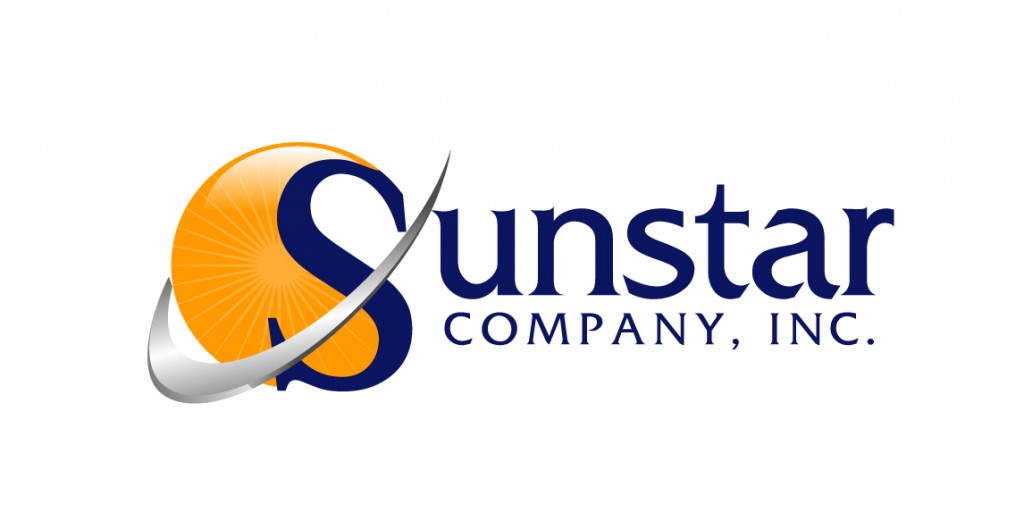Disk is typically easier to access than tape, but doing so does requires some effort.
With disk, the data is usually not encrypted because it does not change hands that often (though disk-based encryption is quickly becoming standard). If the backup is unencrypted, it is possible to retrieve a single identified item or group of items without restoring the entire backup, making it far superior to tape for finding data.
This is yet another reason why information management professionals and counsel must be prepared for the possibility of disk backups coming under the scope of reasonably accessible sources for discovery.
Tape restoration costs can slightly surpass those of disk. Tape requires more resources because it creates contention in the data center’s bandwidth as backups are continuing to write simultaneous to the restoration process.
Further, if an organization no longer has the hardware or resources to restore legacy data, it may need to engage an outside provider.
While the contention issue goes away with disk use, such restoration still requires a location for the restored data to be written to, such as a disk array or other hardware.
Restoring from disk is typically faster than restoring from tape as well.
